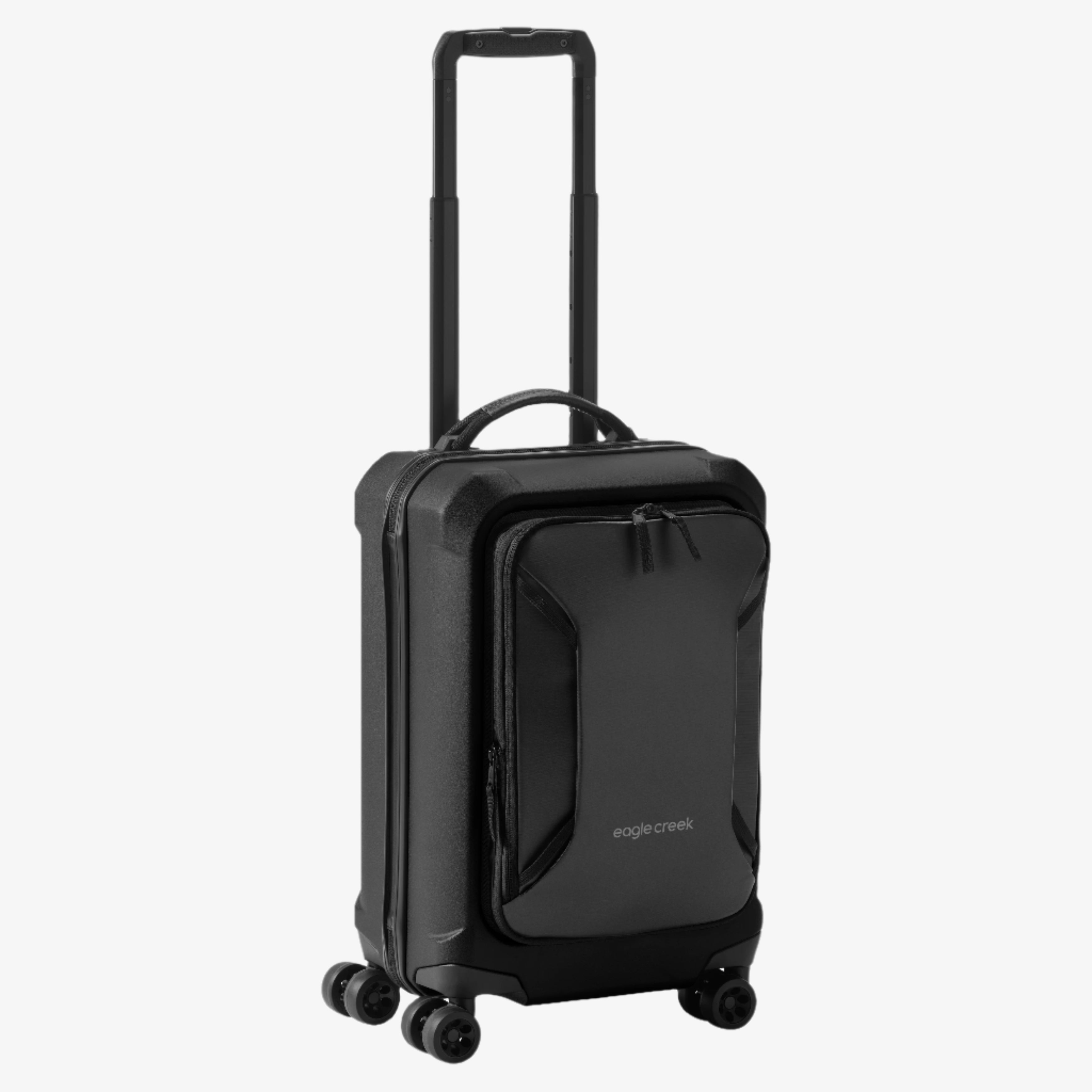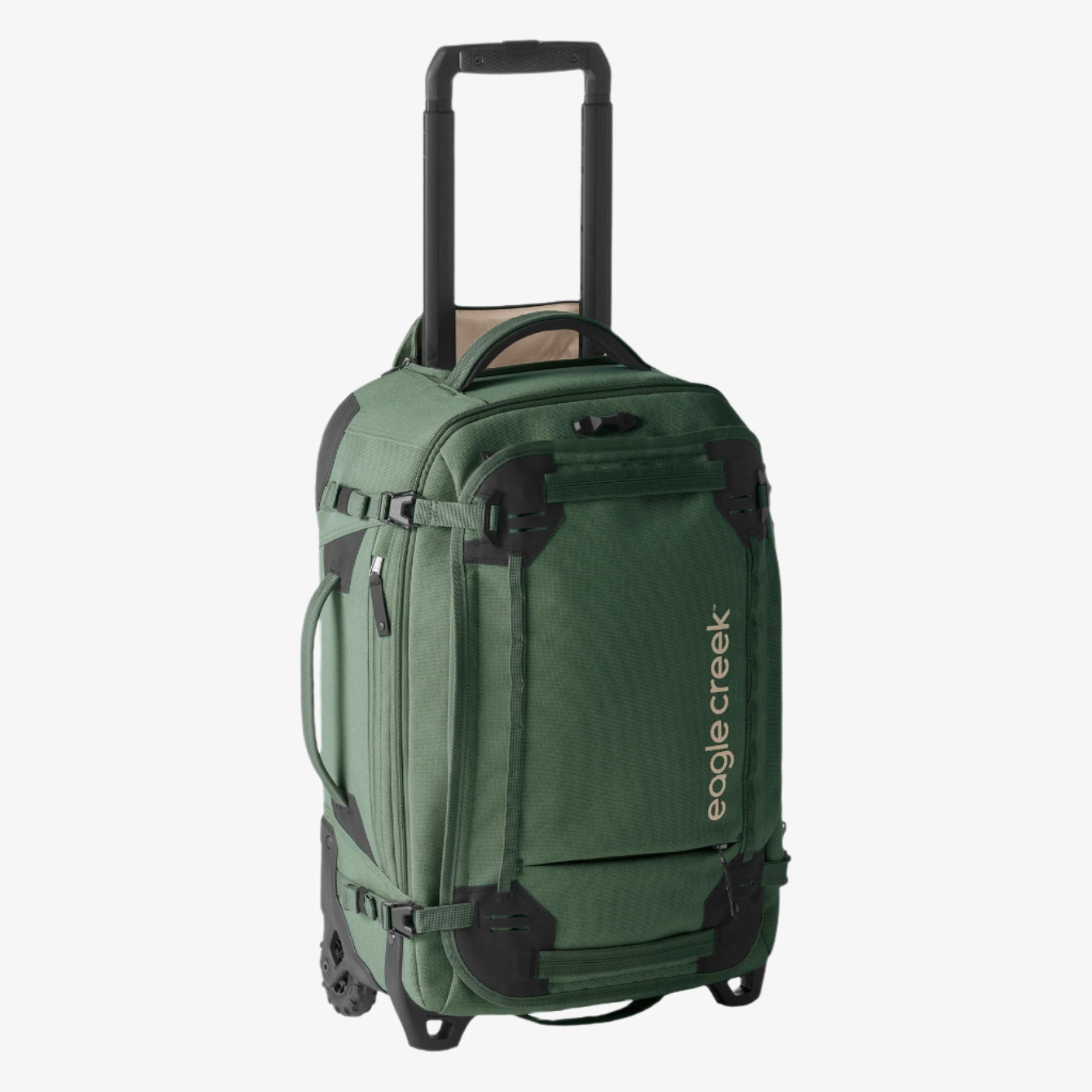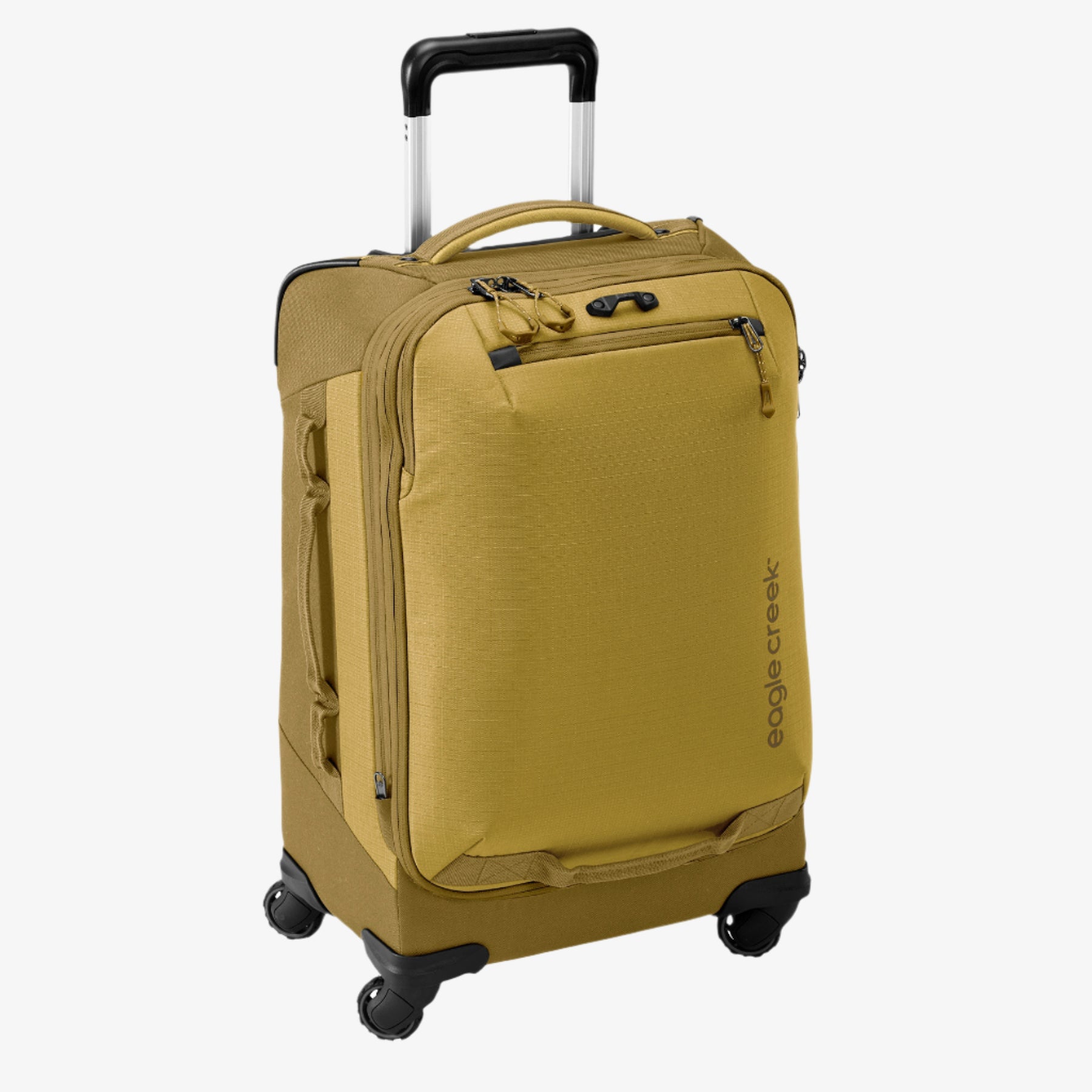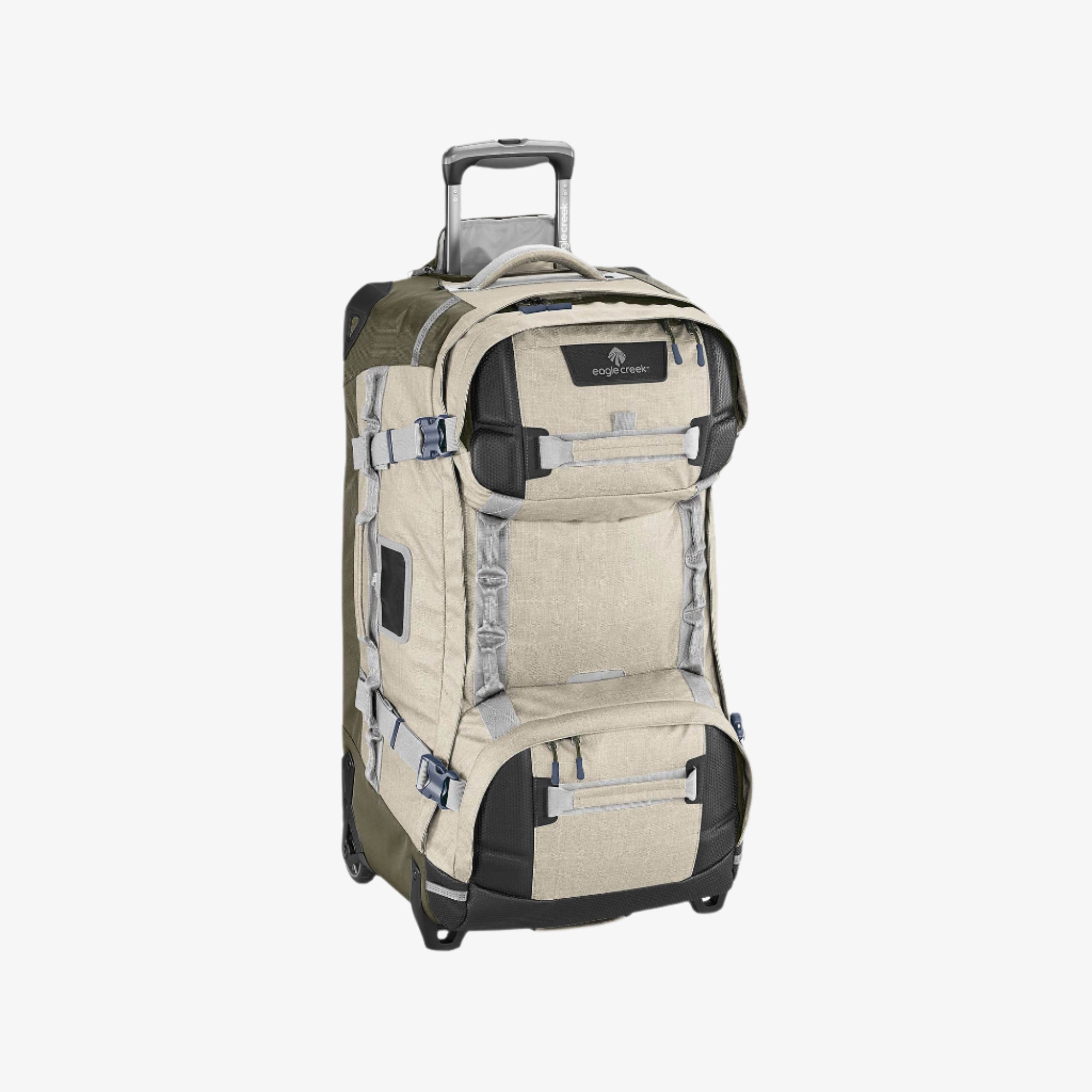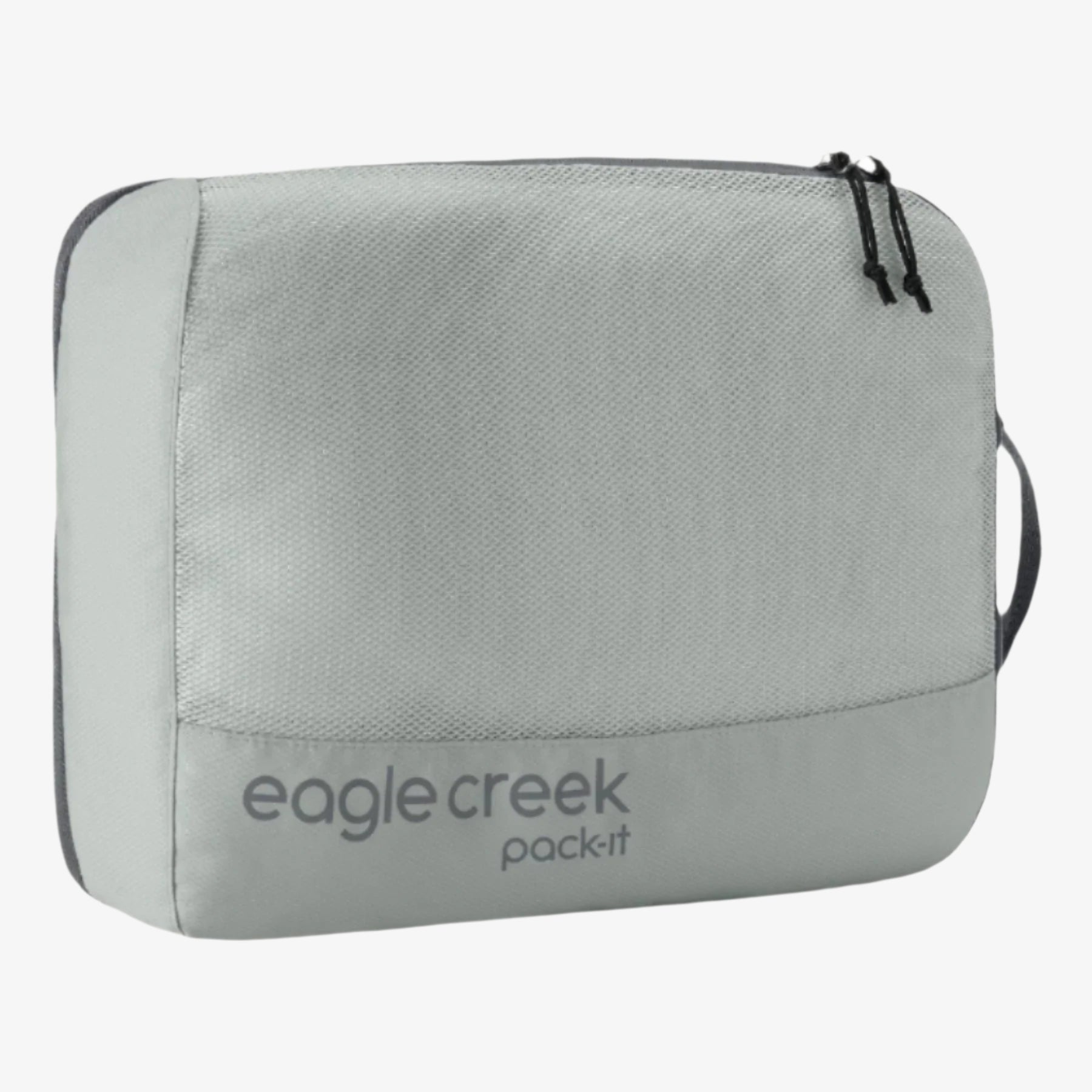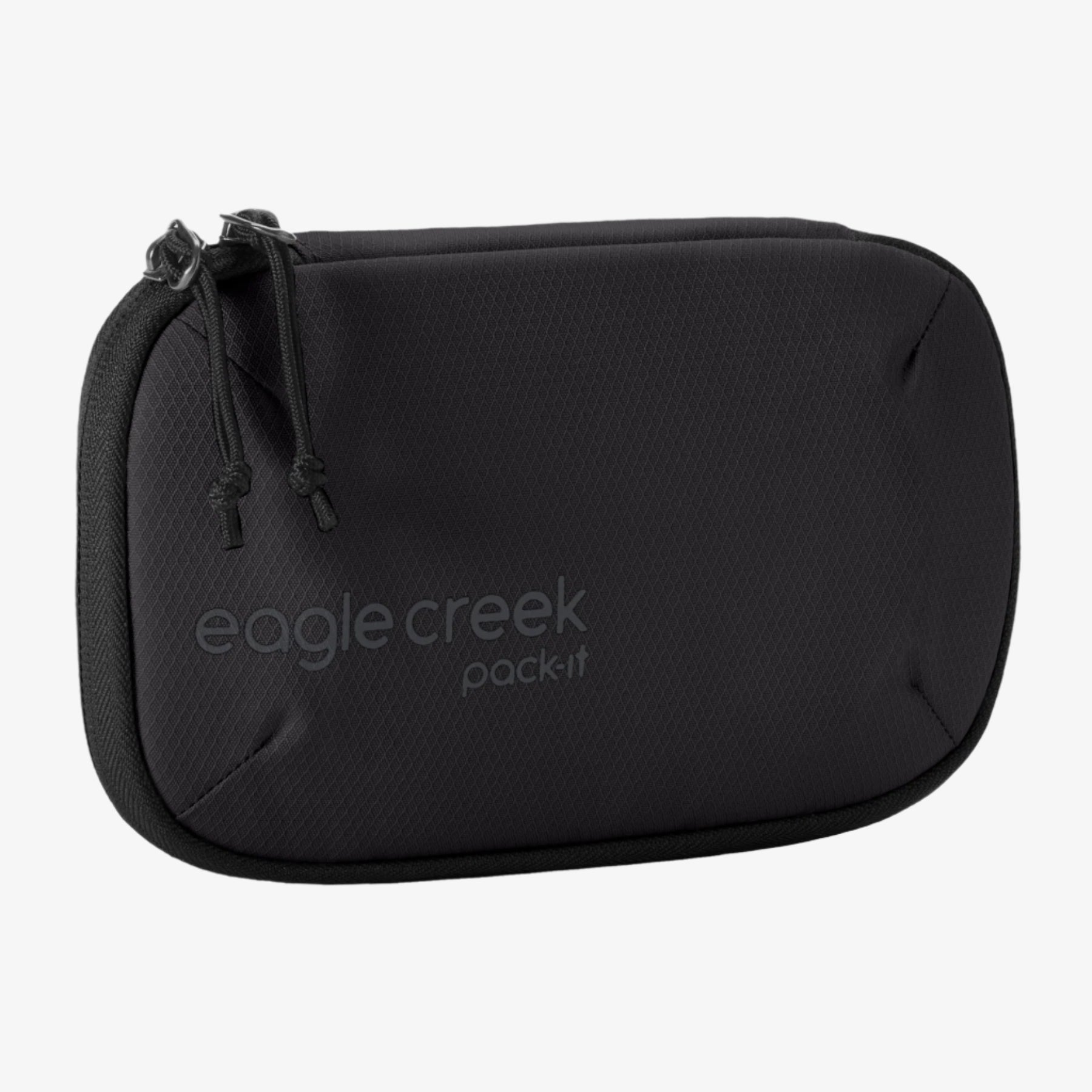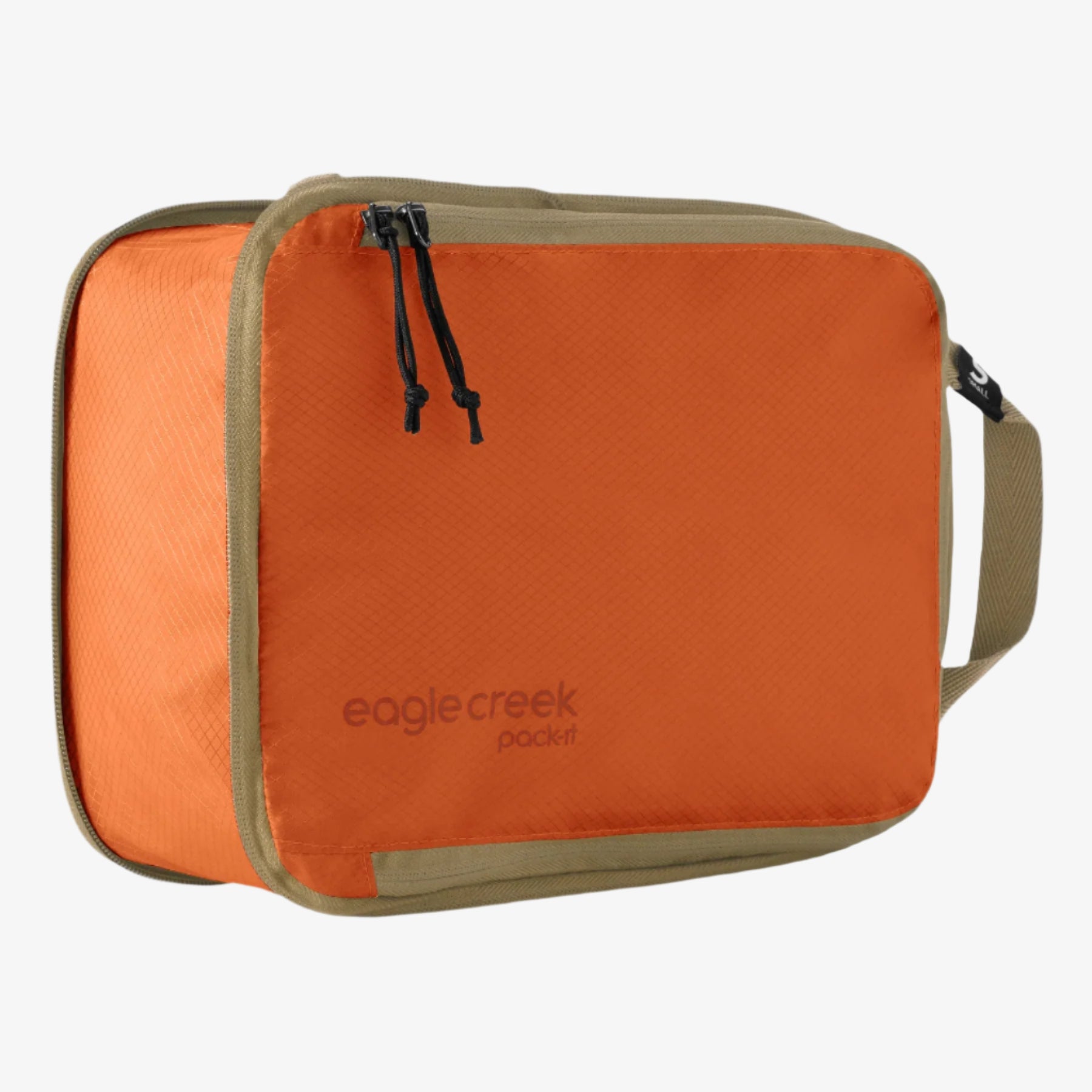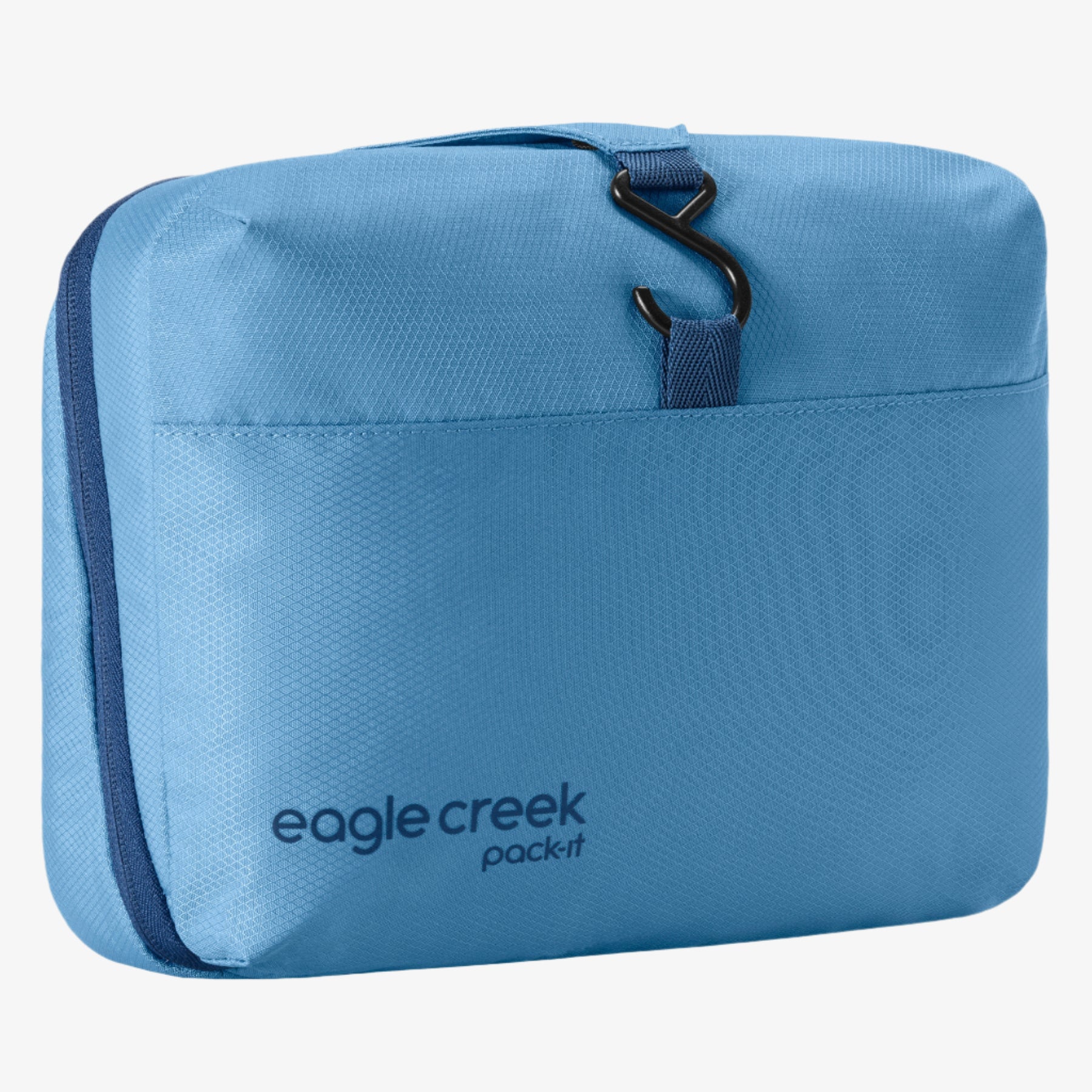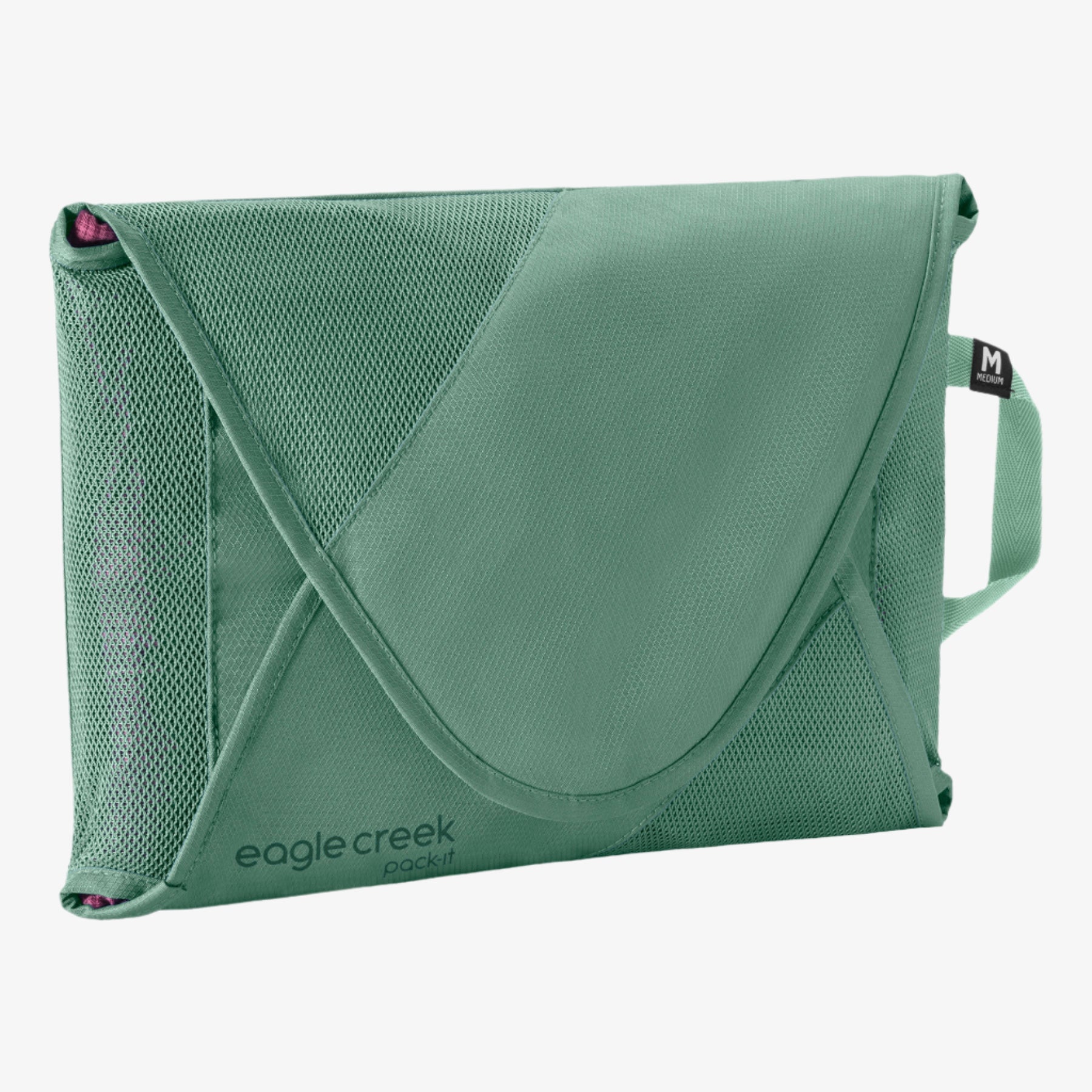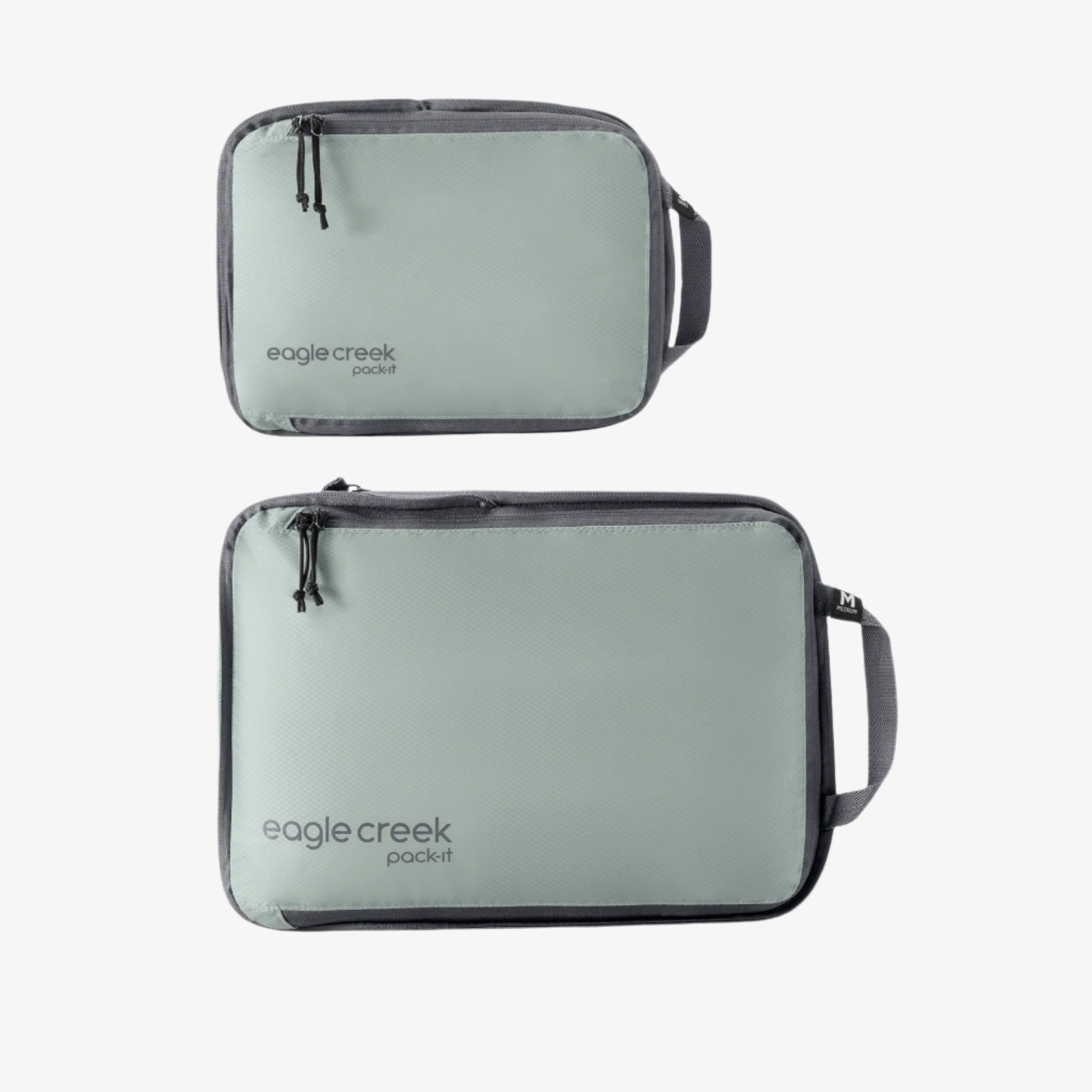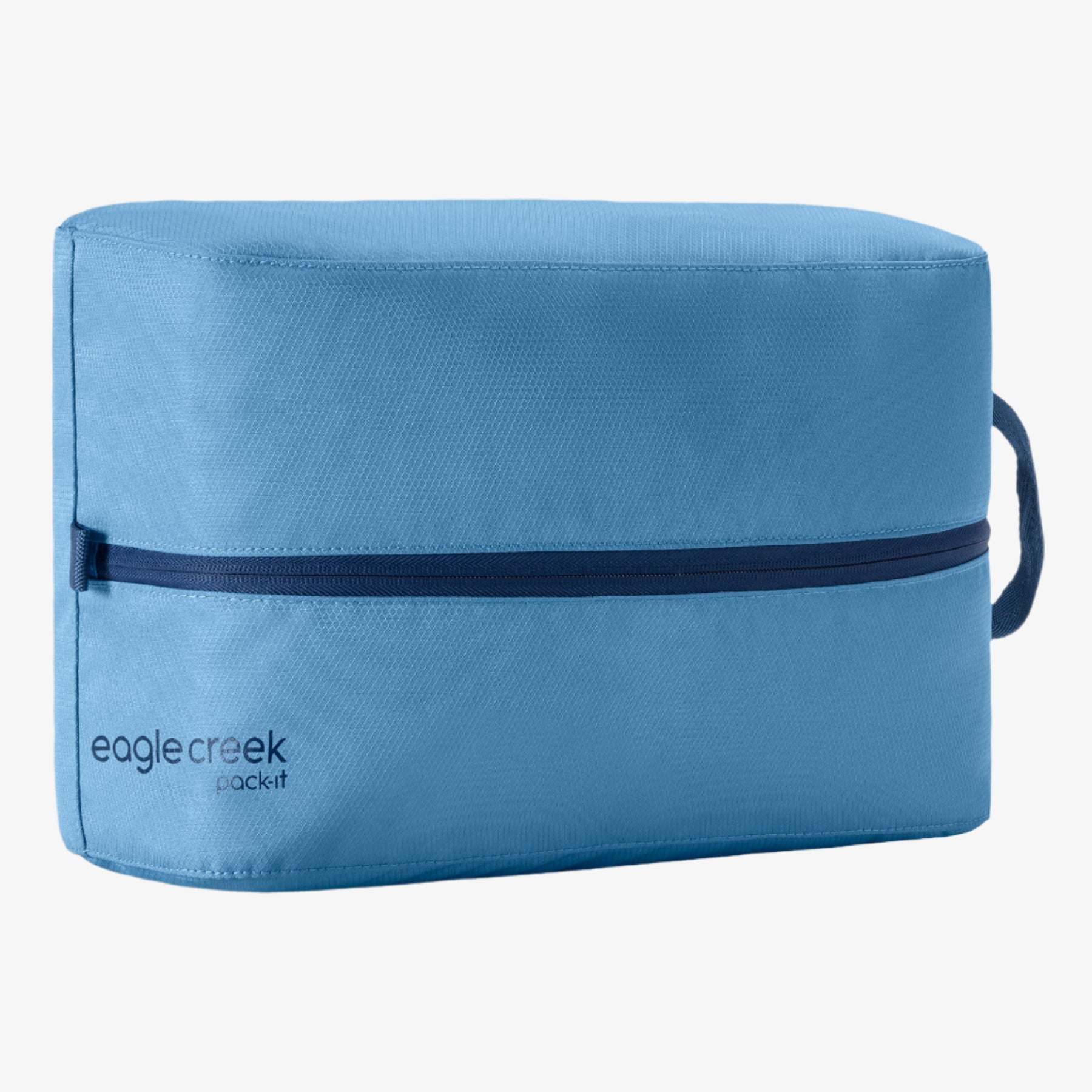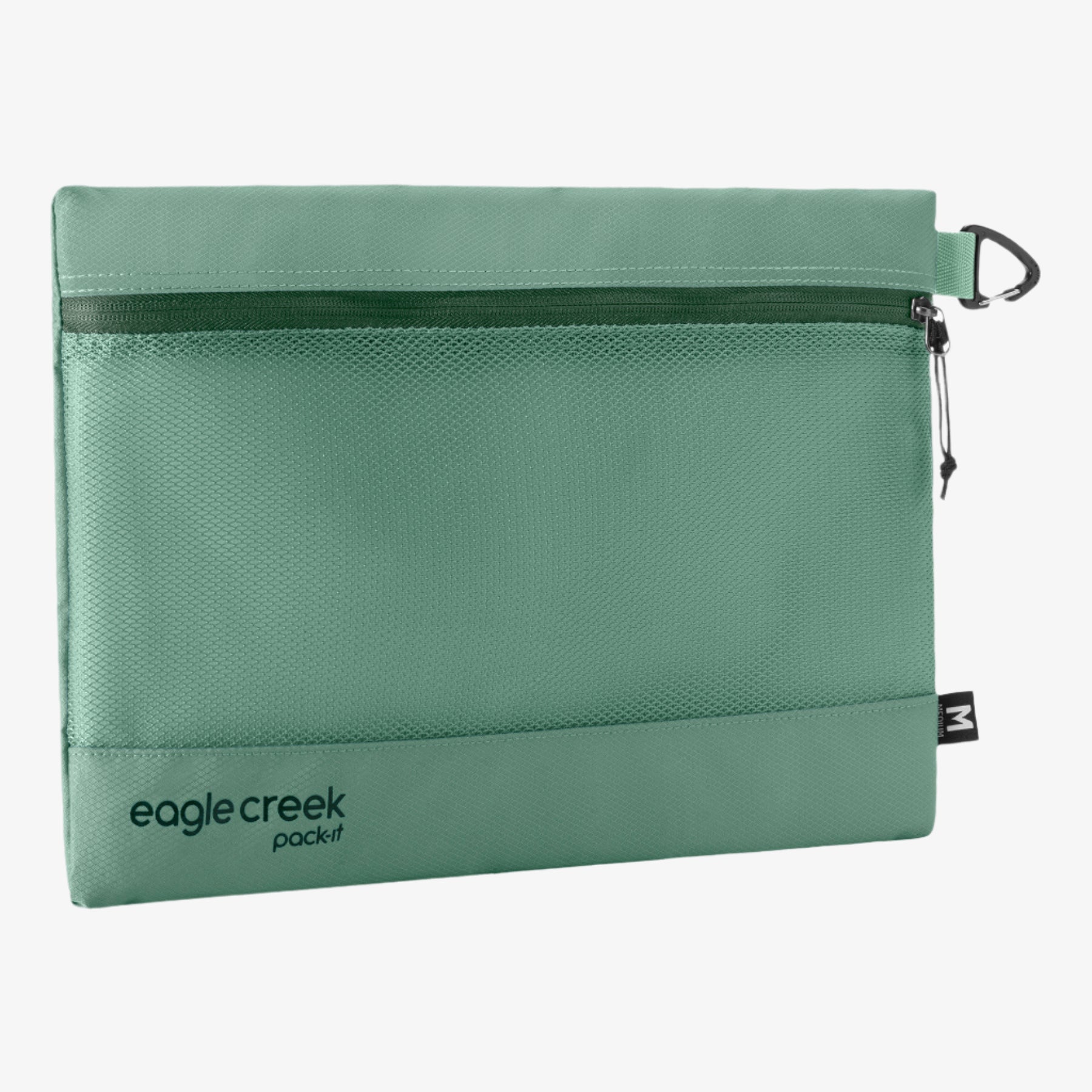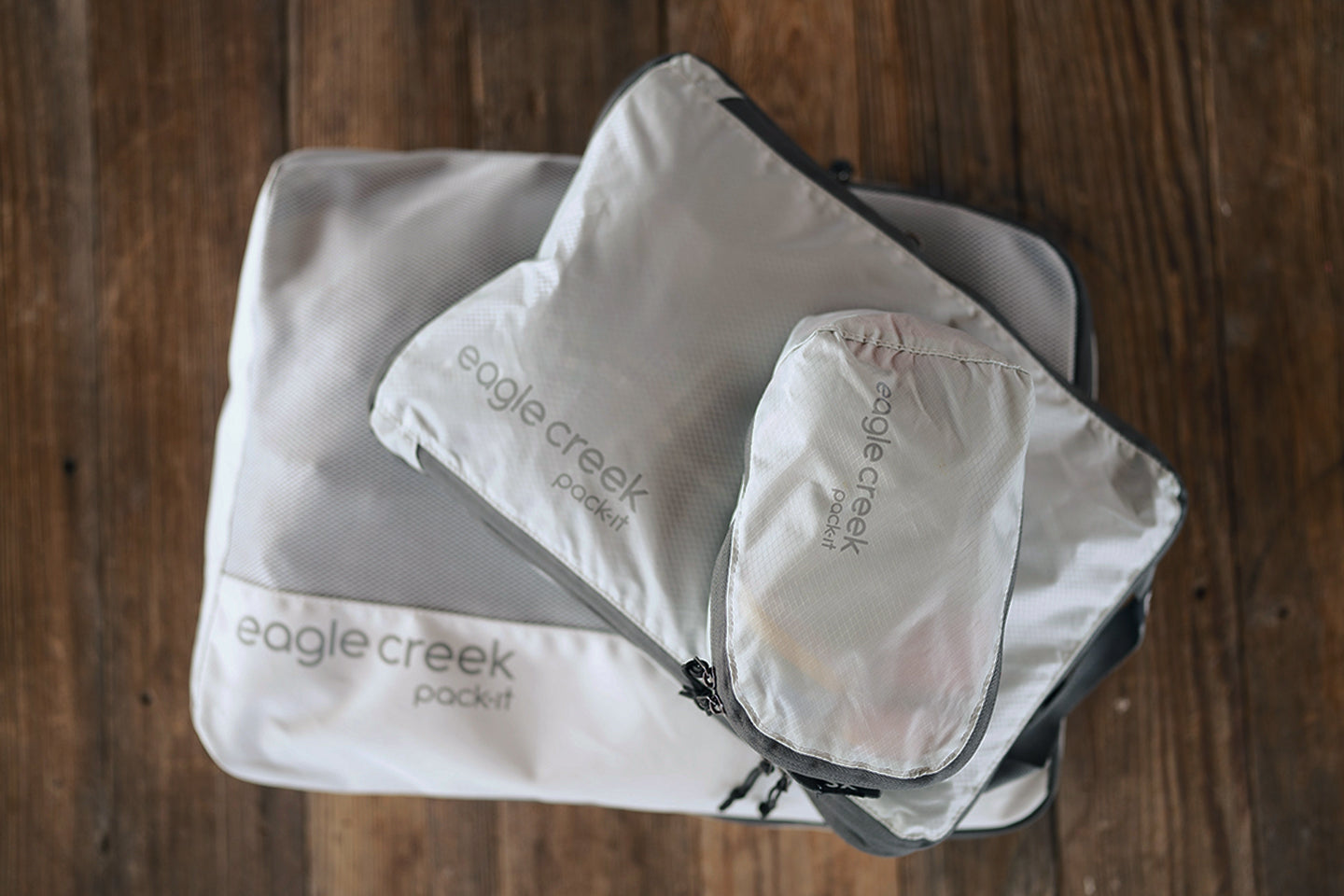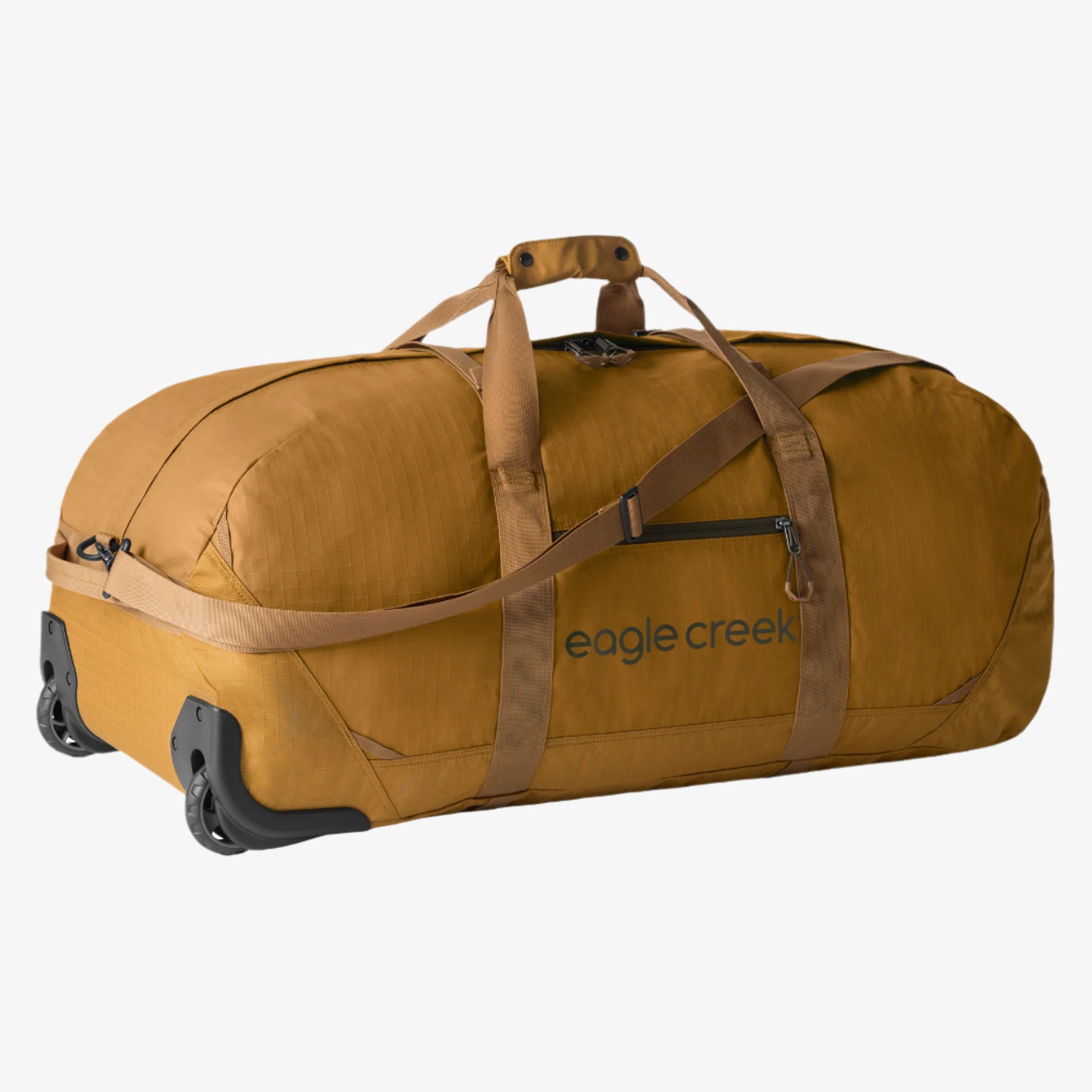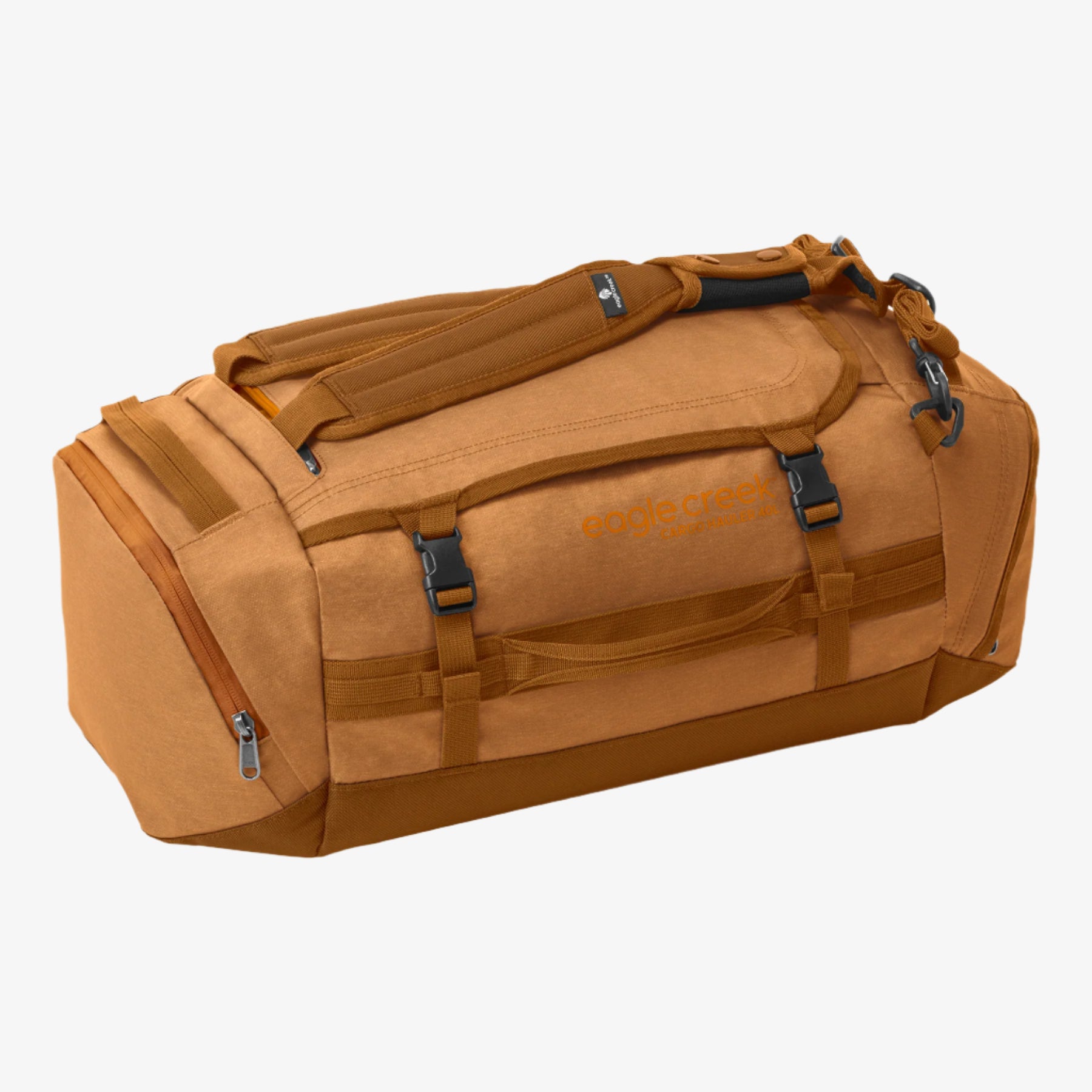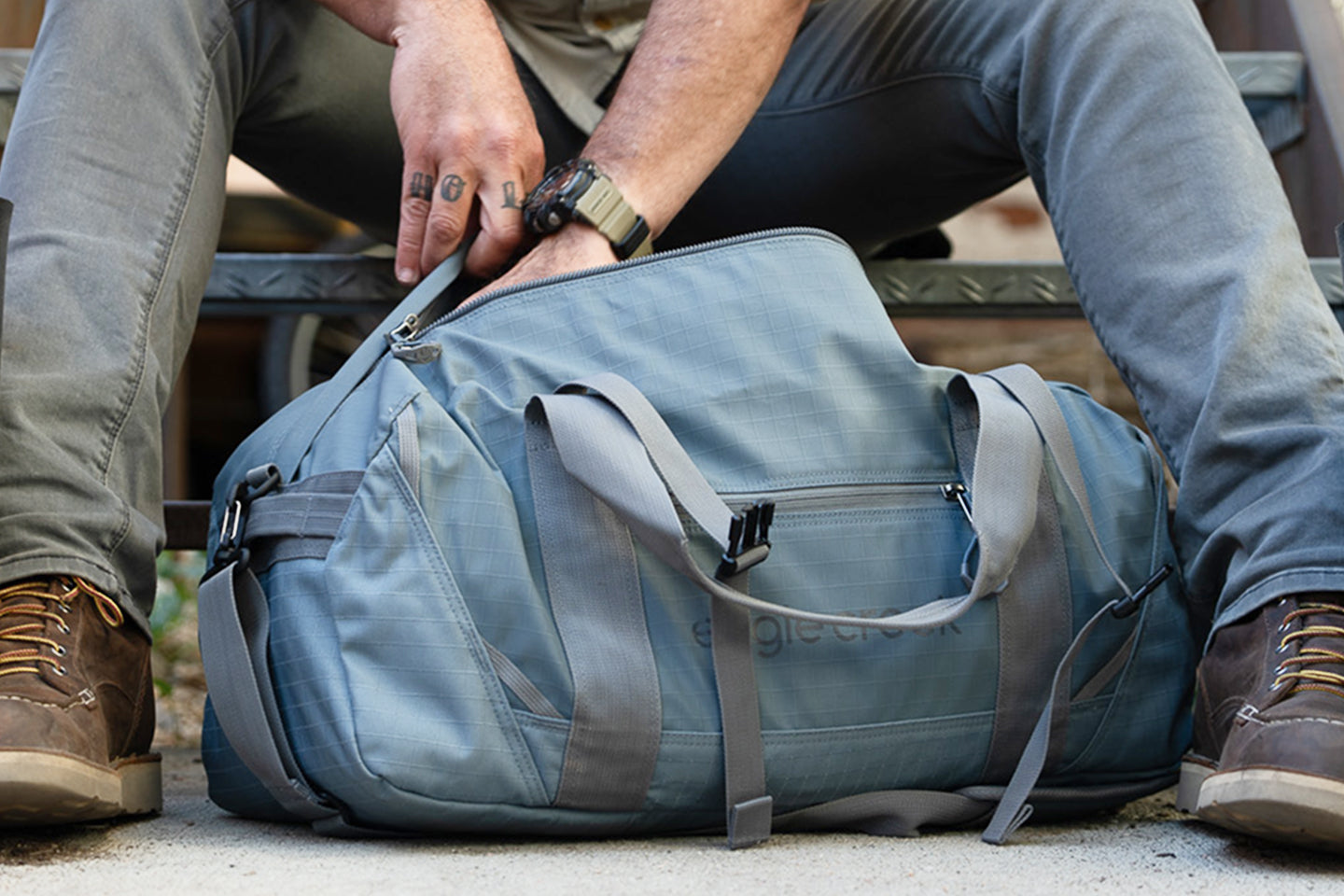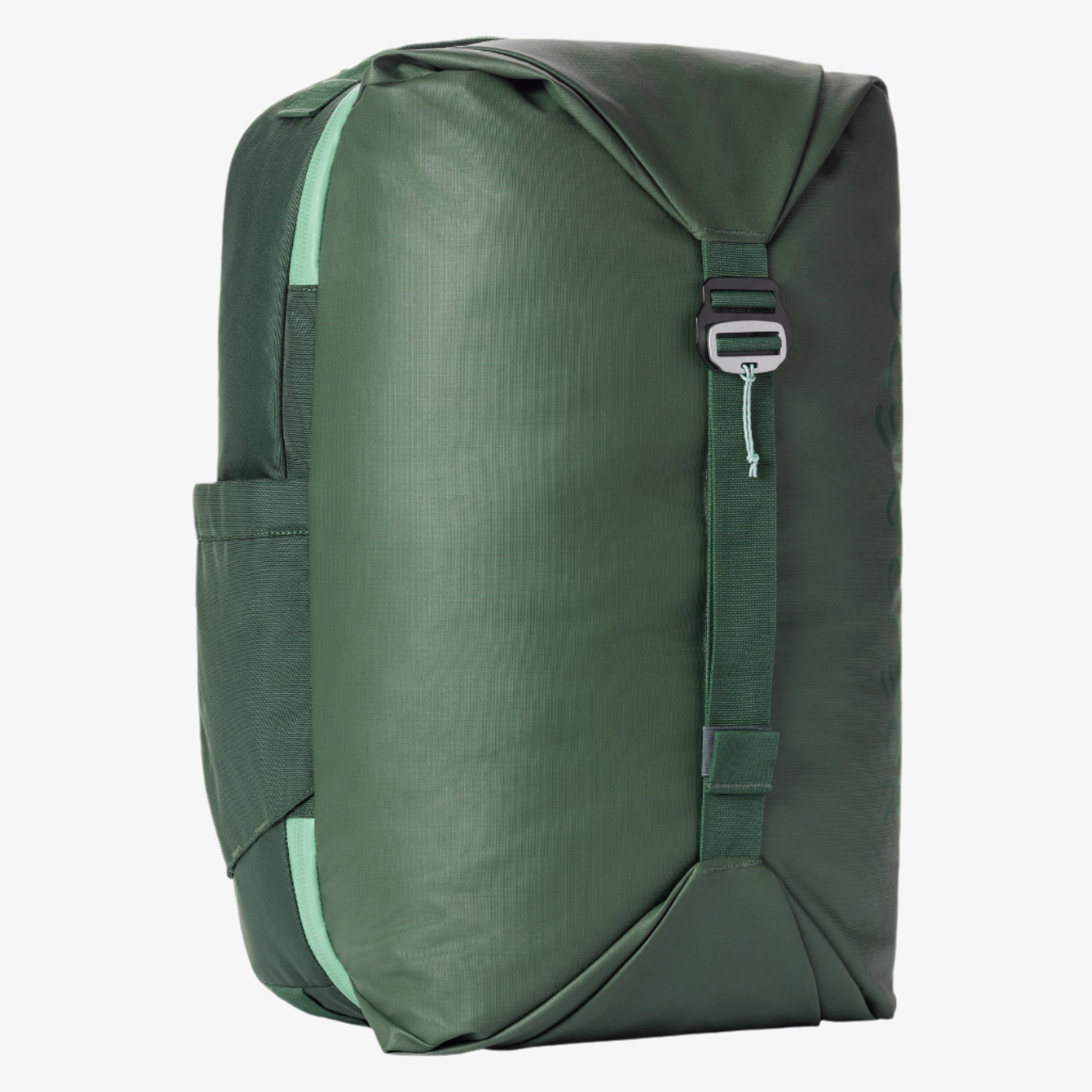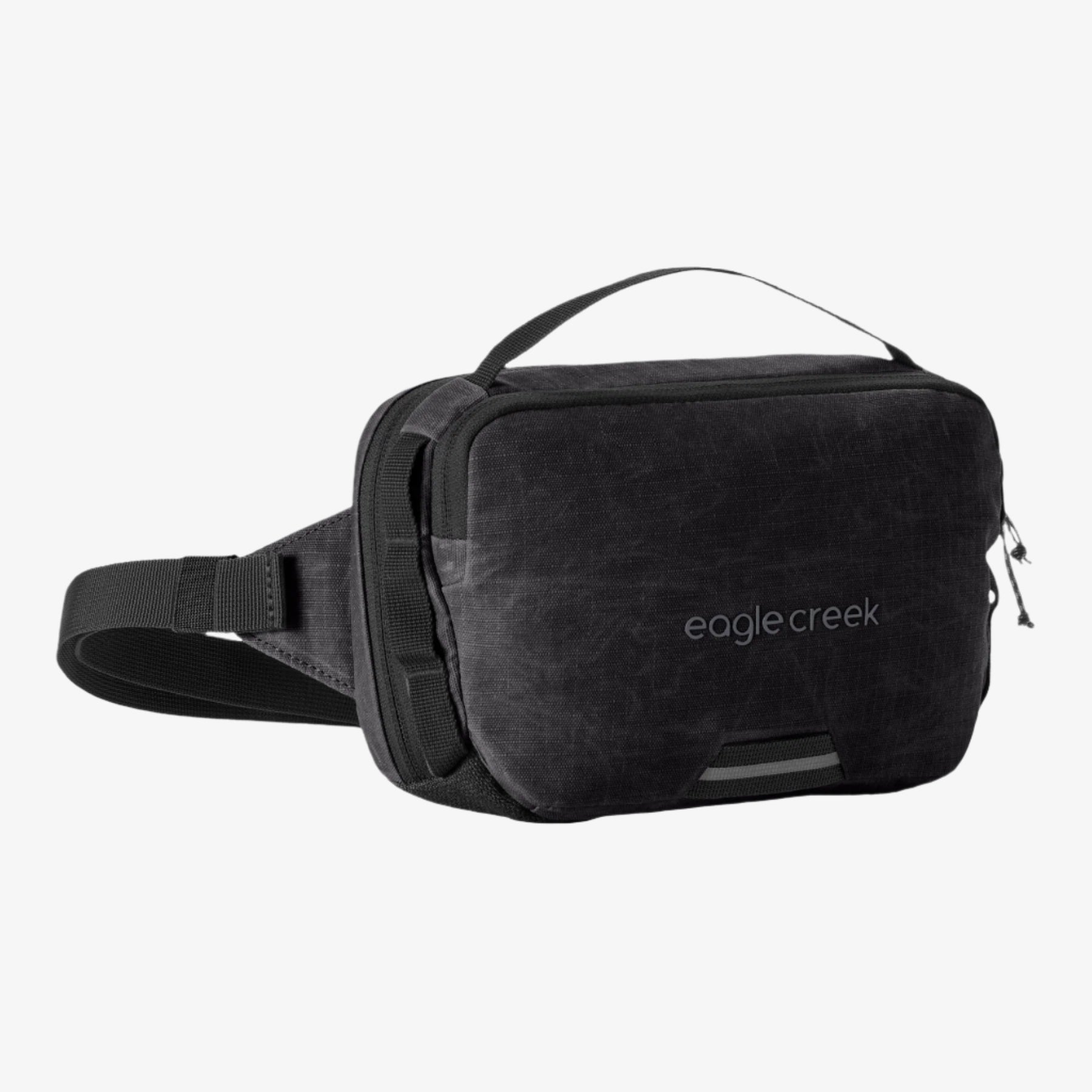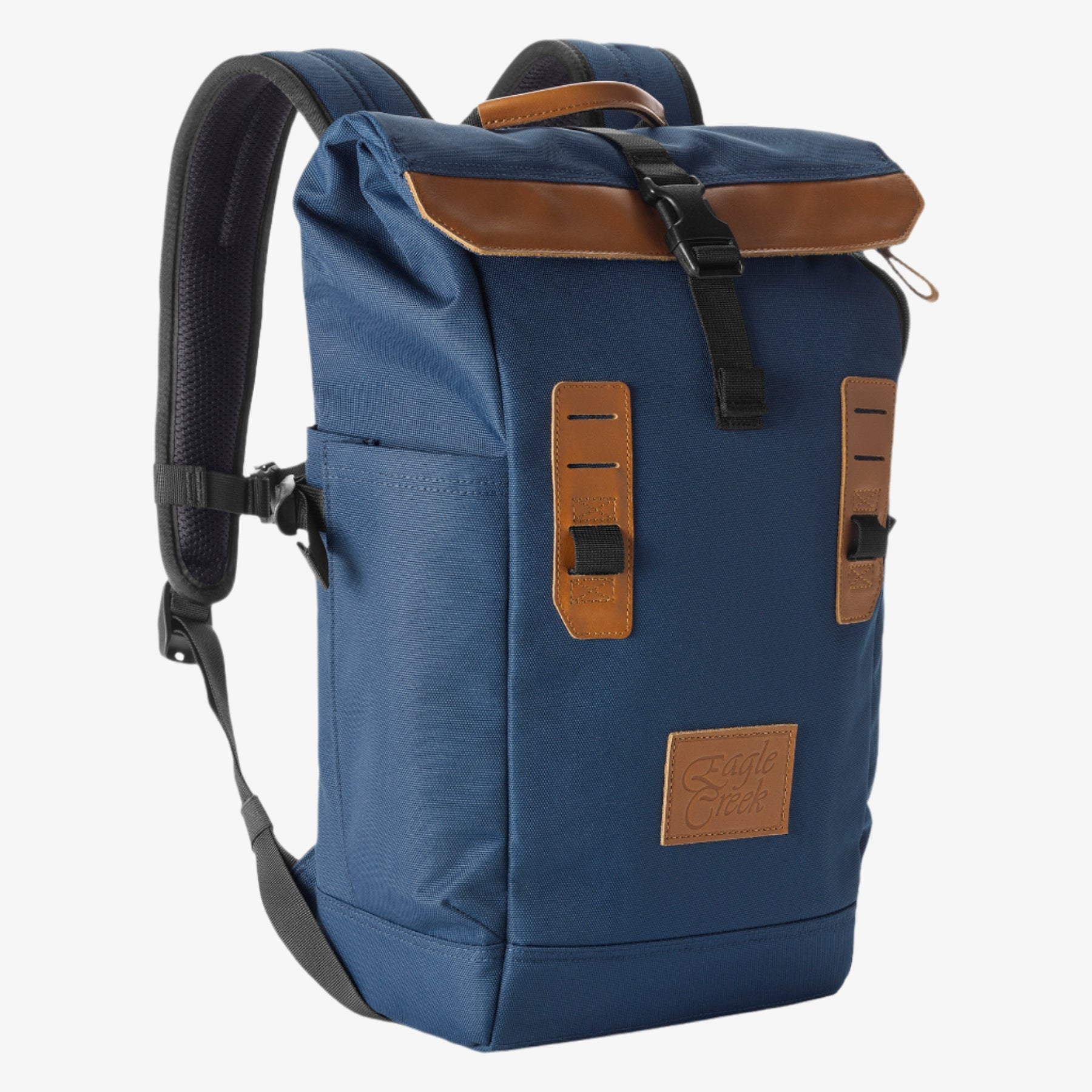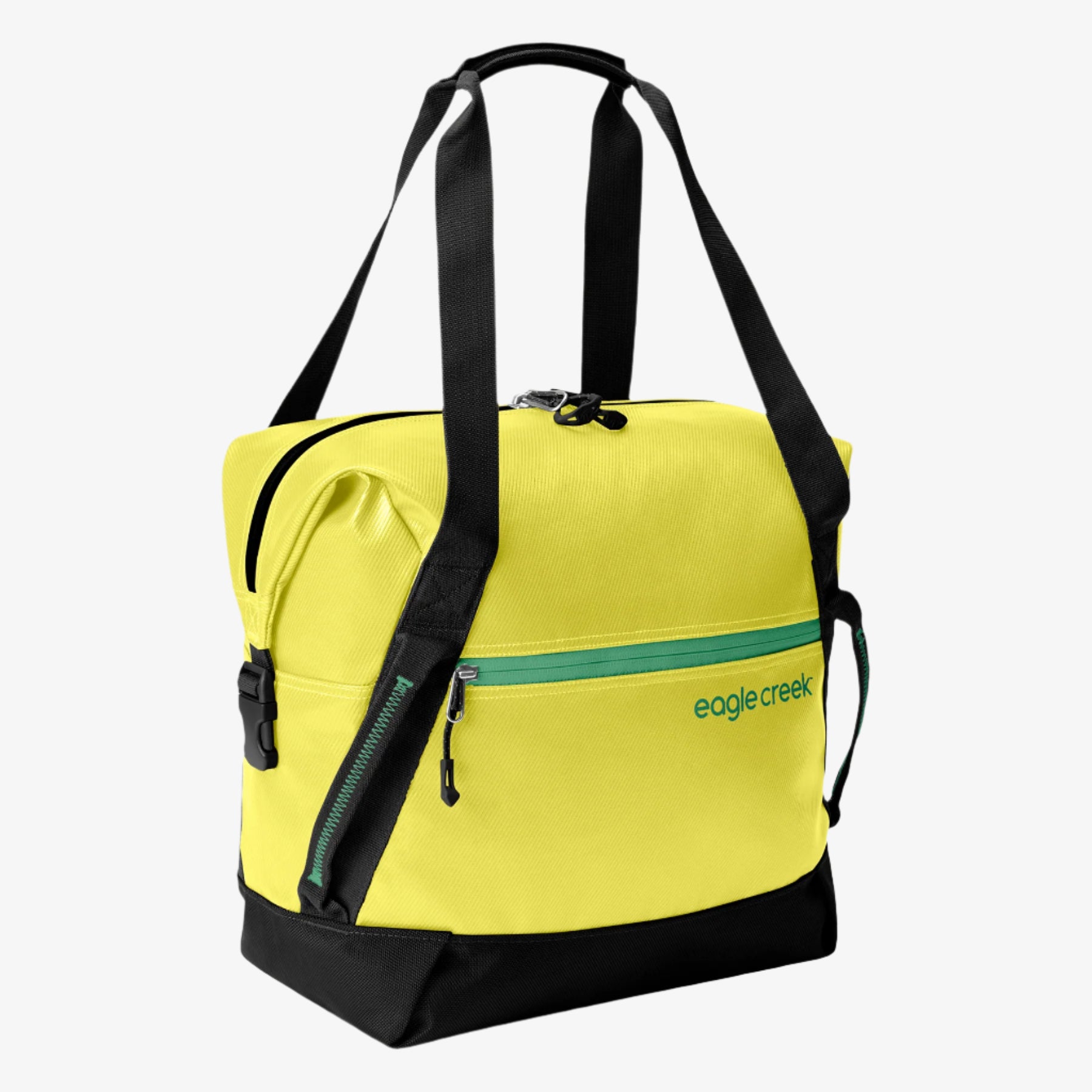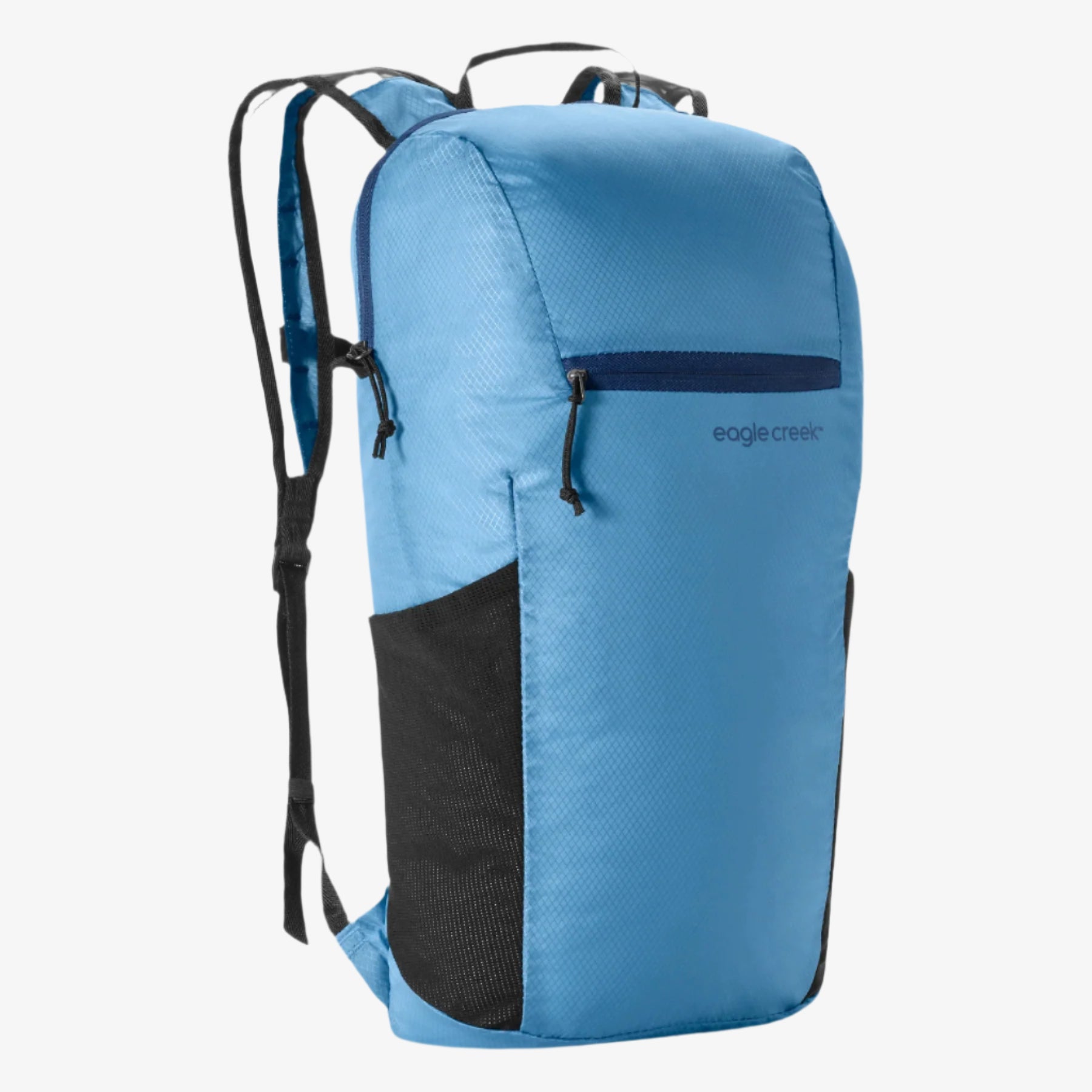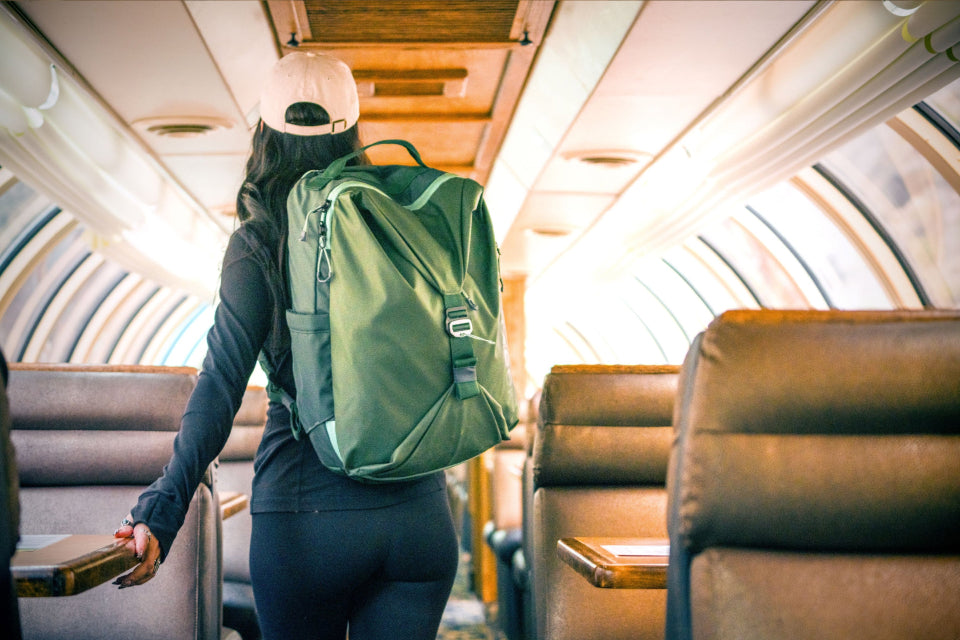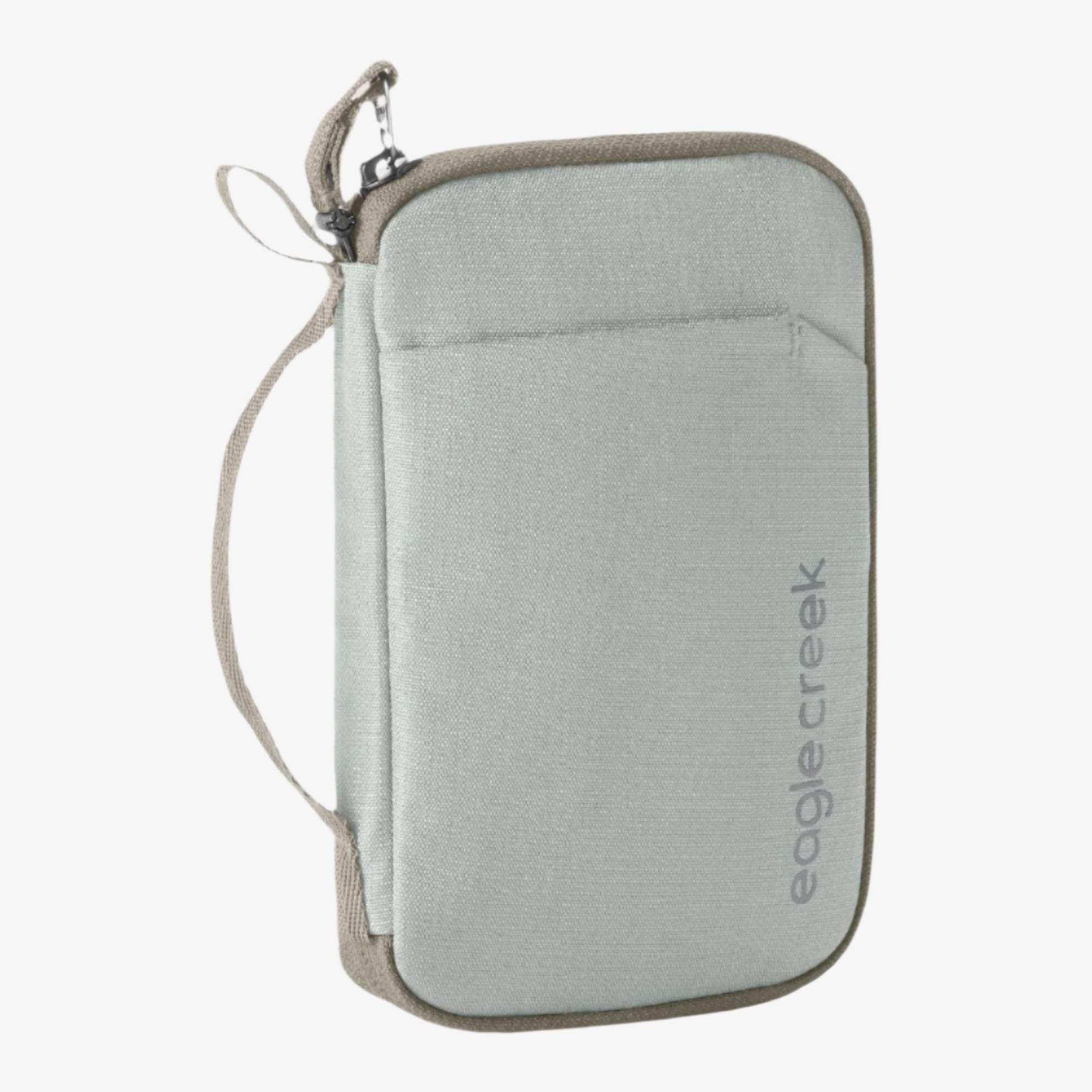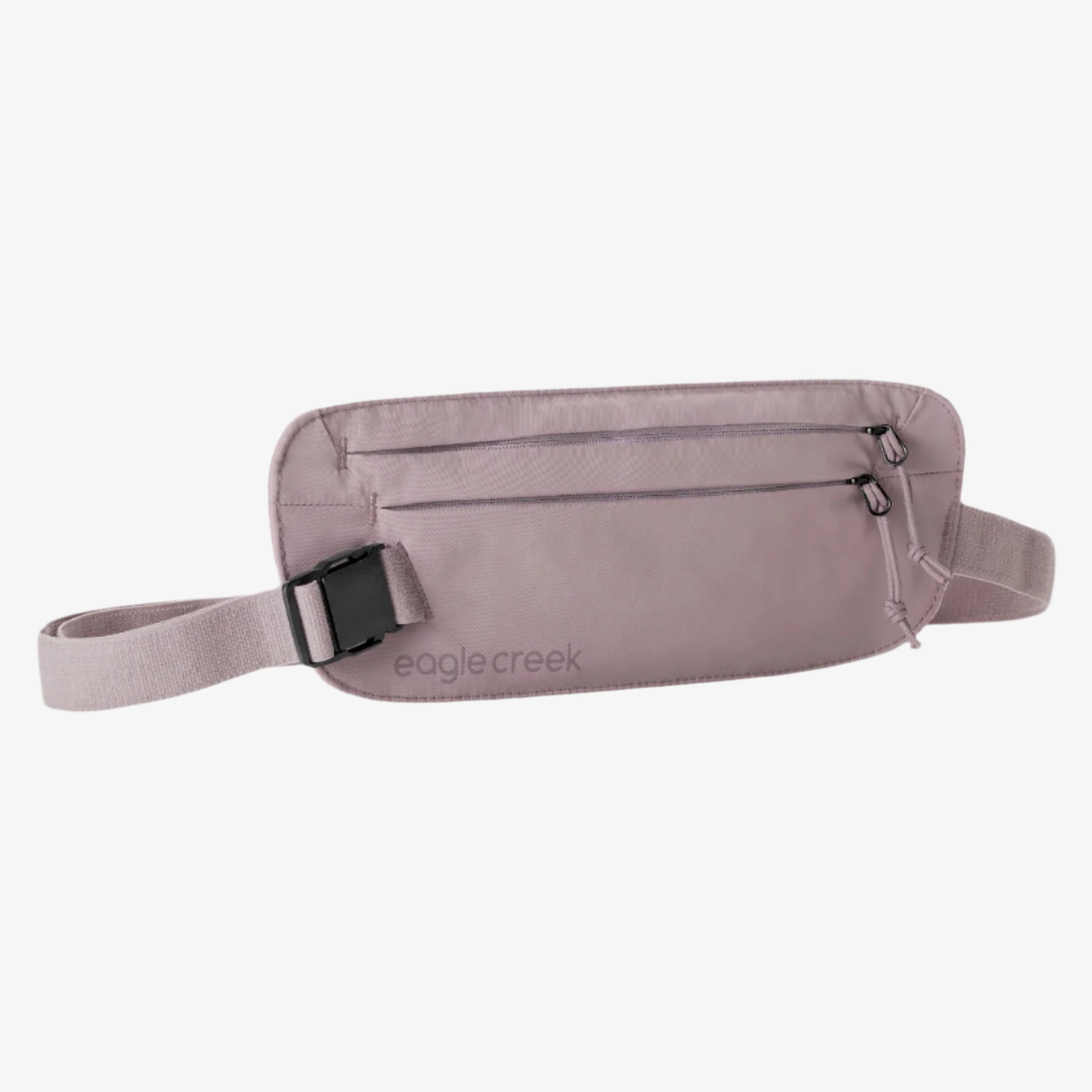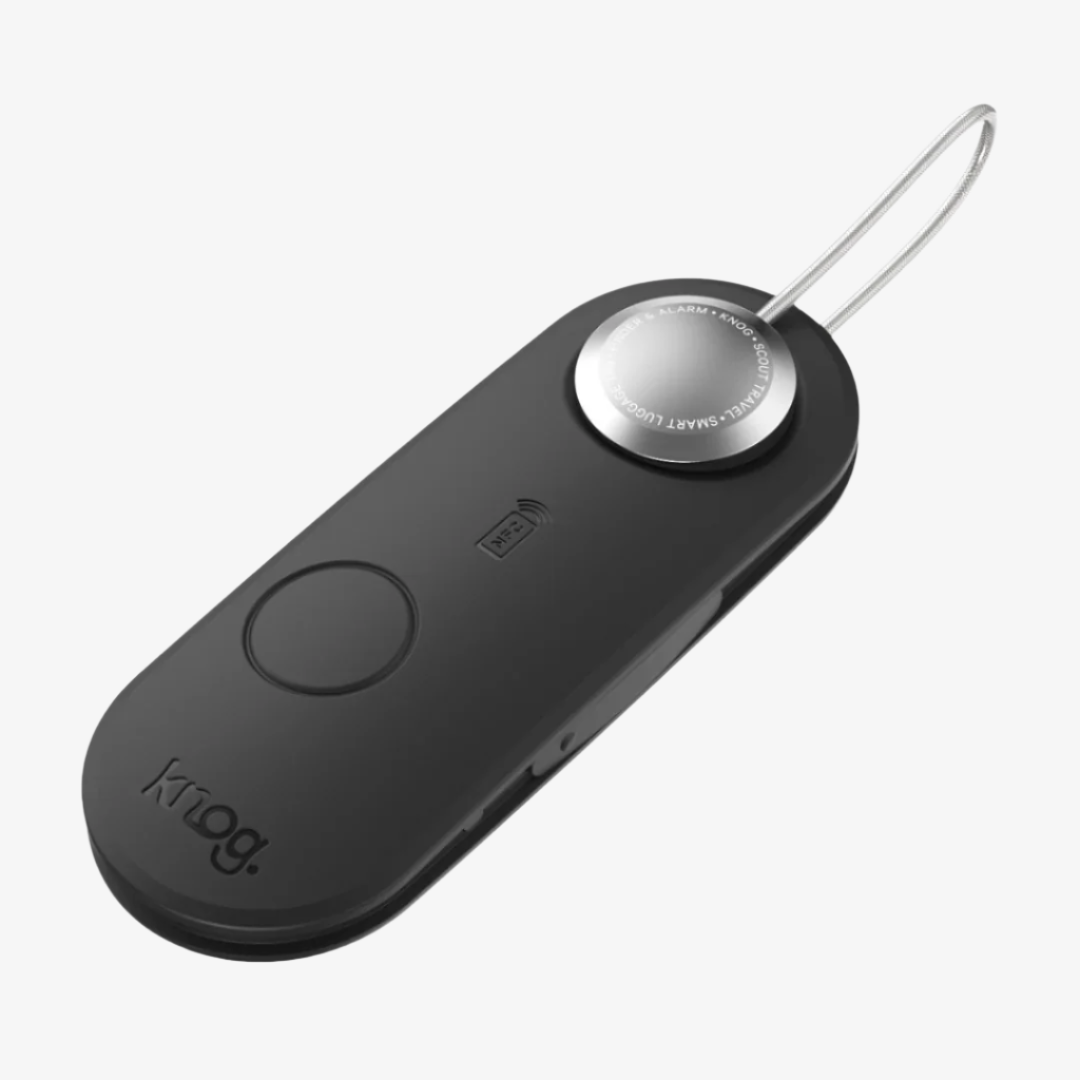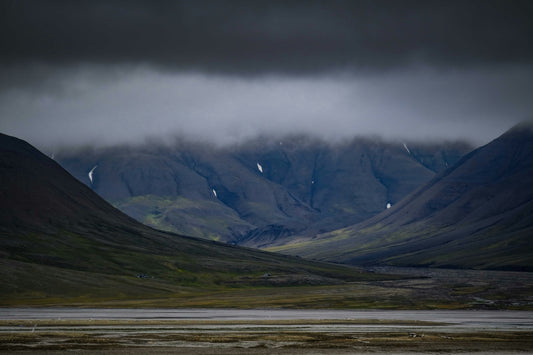As our boat bounced over the aquamarine waters of Ambergris Caye in Belize, I knew it was going to be a special day. I had woken up early, packed my daypack, and met my fishing guide to embark on a day spent bonefishing—a special type of saltwater fly fishing that is popular throughout the Caribbean, especially Belize.
As a travel writer, I was in Belize visiting a new luxury hotel. After a few days enjoying an embarrassment of riches—think yoga classes, lounging on the beach, spa treatments, and luxe dinners—I was ready for a challenge in the sun. And bonefishing was it.
Bonefish, a long silver fish with a perpetually perplexed look on their faces (thanks to their downward turned mouths) are the Holy Grail for most anglers. While I grew up in a family of anglers—my dad and uncle were dedicated to large-mouth bass, while my other uncle and aunt cast for colorful trout on the rivers of Colorado—this breed of fishing posed a new challenge for me. While many are small—a Marlin or a Dorado they are not—these silver ghosts are known for putting up quite a fight once hooked, challenging novice and experienced anglers alike. When you consider that you’re casting for them on sandy, shallow, and reflective flat, it only adds to the challenge.
When you cast for a bonefish, you’re essentially trying to land a lightweight fly on an even lighter-weight line into an imaginary target about the size of a soda can roughly 30 feet (9 meters) away—or about the length of a city bus. Then, assuming you’ve done that, you have to hope the fish bites and set the hook, all in the span of just a few moments. The reeling is even more challenging, as bonefish are strong and fast and can run for a hundred yards before they tire out.
Challenges aside, I was ready to catch my first bonefish and my guide, a third-generation Belizean fisherman, wasn’t about to let me go home empty-handed.
My guide steered our tour group into a shallow cove, as I packed things away in my waterproof bag—no safe and dry casting from the boat here! Things were about to get wet. We got out of the boat into about two feet (.6 meters) of warm water, and he watched me cast a few times, explaining a few mechanical differences from the type of fishing I was used to.
Then, we were ready to find a “bone.” At first, I didn’t know what I was looking for. With the harsh reflection off the water, it was akin to finding a nickel that you’d dropped underwater. You’re just looking for the faintest glimmer and then, boom, it’s up to you make a split second decision to cast, ideally landing your fly right in front of an unsuspecting (and hopefully hungry!) fish’s mouth.
After a few unsuccessful casts, my guide called out. “Bone, 12 ‘o clock!” And there he was, swimming straight toward me. Luckily for me, my poor casting served me well here: Rather than having to cast 80 yards (73 meters), my measly 20-yard (18-meter) cast landed the fly directly in front of the fish.
Slowly and steadily, I began to strip, or pull my line, keeping my fly moving in front of the fish, as though to simulate an insect. The fish kept swimming, closer, closer, closer, until I could make out his eyes and his mouth. At that moment, I felt a surge of electricity jolt through my body… And I froze.
Just like that, my fly stopped. The fish froze. Noticing my shadow looming tall over him, he spun, losing interest in my fly, and swam off in the opposite direction. My heart sank, but I knew at that moment that I was hooked (no pun intended). My guide laughed and gave me a shrug that said, “That’s fishing for you.”
But we weren’t done yet. After a few more unsuccessful casts, we hopped in the boat and headed out a few bit further, to the edge of a small private island, where we would cast off the boat. Here, the water was so clear that you could see schools of bonefish. Now all I had to do was land a cast directly in front of them. Easier said than done.
After scattering the school a few times with clumsy casting, the stars aligned and my fly finally landed in front of a hungry fish. I felt him nibble the fly and immediately used my right hand to pull the fly line, setting the hook in his mouth. From there, the race was on.
For what seemed like a lifetime, the fish and I engaged in a man-versus-nature version of tug of war: He ran for yards, while I let the line slip through the reel. Then, a brief pause and I’d urgently reel, reclaiming some of the line I’d lost. This repeated itself four or five times, with my guide applauding my patience, before I finally was able to reel in my catch.
Was he the biggest or prettiest bonefish ever caught? No, but the feeling of bringing him onto that little plastic boat after five hours in the sun was an experience I hope to have again and again.
Next goal: The Slam Pedro, as it’s aptly called in Belize—a bonefish (check!), a tarpon (a larger, trickier fish), and a permit, the Holy Grail of saltwater fly fishing.
Now what to do with all that damp fishing gear? Keep it separate from your clean clothes with a waterproof, clean-dirty packing cube—a lifesaver for anyone who spends time out on the water.
Related Links (from Eagle Creek blog):
What to Pack for Belize: the 5-Step Solution
